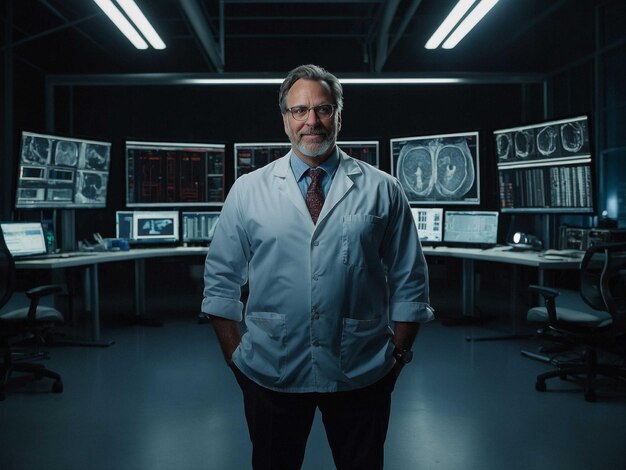How Long Does It Take to Become a Radiologist Technician?
Embarking on a career as a radiologist technician opens doors to an exciting and fulfilling role in the healthcare field, where you will work closely with advanced imaging technology and play a critical role in patient care. To pursue this path, aspiring radiologist technicians typically start by obtaining an Associate's Degree in Radiologic Technology. This two-year program lays the groundwork in essential areas such as patient positioning, anatomy, radiation safety, and image evaluation. After completing this degree, most graduates choose to enhance their qualifications by obtaining certification from the American Registry of Radiologic Technologists (ARRT), although some states may also require specific licenses to practice.
Beyond educational prerequisites, staying abreast of technological advancements and emerging trends in diagnostic imaging can fortify one's career prospects. With continuous education options, professionals can specialize in areas like MRI or mammography, broadening the scope of their expertise and potential job opportunities. Whether you're stepping into this career for the immediate impact on patient care or the long-term professional growth, a solid educational foundation is instrumental in securing a successful trajectory in radiologic technology.
Relevant Qualifications for Aspiring Radiologist Technicians:
- 🎓 Associate's Degree in Radiologic Technology (2 years)
- 📜 ARRT Certification
- 🏅 State Licensure (varies by state)
- 📚 Specialized Certifications (optional, e.g., MRI, CT)
This blend of foundational education and optional specialized training equips radiologist technicians with the skills needed for a dynamic and evolving healthcare environment.
